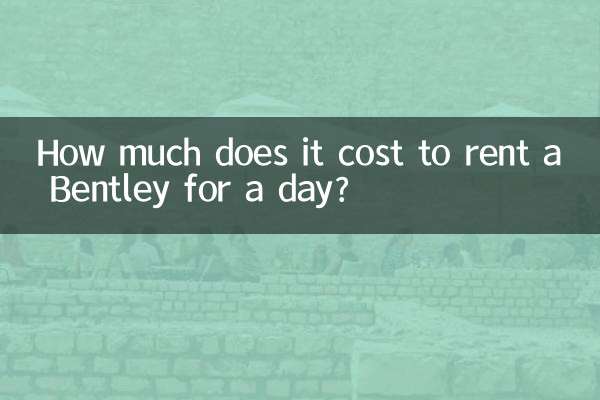What is the population of Morocco? ——Perspective on global hot spots and population data
Among recent global hot topics, Morocco has been frequently searched due to its earthquake disaster, tourism recovery and new energy development. This article will conduct a structured analysis of Morocco’s population status and related social dynamics based on the hot spots of the past 10 days.
1. Basic population data of Morocco (latest in 2024)

| data item | numerical value | global ranking |
|---|---|---|
| total population | 38,211,459 people | No. 39 |
| population growth rate | 1.04% | No. 92 |
| urban population ratio | 64.3% | No. 107 |
| population density | 85.6 people/square kilometer | No. 120 |
2. The relationship between recent hot events and population
1.Impact of earthquake disaster: The 6.8-magnitude earthquake that occurred on September 8 has killed more than 2,900 people and affected more than 300,000 people, exposing the weakness of the population evacuation system in mountainous areas.
2.Immigration policy controversy: As an important transit point from Africa to Europe, Morocco intercepted 87,000 immigrants in 2023, and the immigration issue continues to attract international attention.
3.tourist population surges: From January to August 2024, it will receive 14 million tourists, a year-on-year increase of 28%, and the proportion of tourism revenue in GDP will rise to 7.3%.
3. Analysis of population structure characteristics
| age group | Proportion | Trend changes |
|---|---|---|
| 0-14 years old | 26.8% | Average annual decrease of 0.7% |
| 15-64 years old | 65.3% | Basically stable |
| Over 65 years old | 7.9% | average annual growth of 0.3% |
4. Differences in regional population distribution
1.Casablanca Region: Ranked first with a population of 4.4 million, accounting for 11.5% of the country, and its economic contribution reached 32%.
2.southern disputed areas: The actual controlled area of Western Sahara has a population of about 500,000, with a density of only 2.8 people/square kilometer.
3.atlas mountains: The population density in the earthquake-stricken areas is less than 20 people/square kilometer, and the infrastructure coverage rate is lower than the national average.
5. Population Development Challenges
1.youth unemployment rate: The unemployment rate among those aged 15-24 reached 22.7%, an increase of 4.2 percentage points from 2020.
2.Medical resource allocation: The number of doctors per 1,000 people is 2.4, and the urban-rural gap is 1:3.5.
3.Female employment rate: The proportion of working women is only 22.6%, which is lower than the average level in North Africa.
Conclusion: Morocco’s 38 million population is facing multiple challenges such as natural disasters and economic transformation. Its demographic changes will profoundly affect the development pattern of North Africa. The latest poll shows that 84% of the people believe that the government should prioritize improving disaster prevention capabilities in densely populated areas.

check the details

check the details